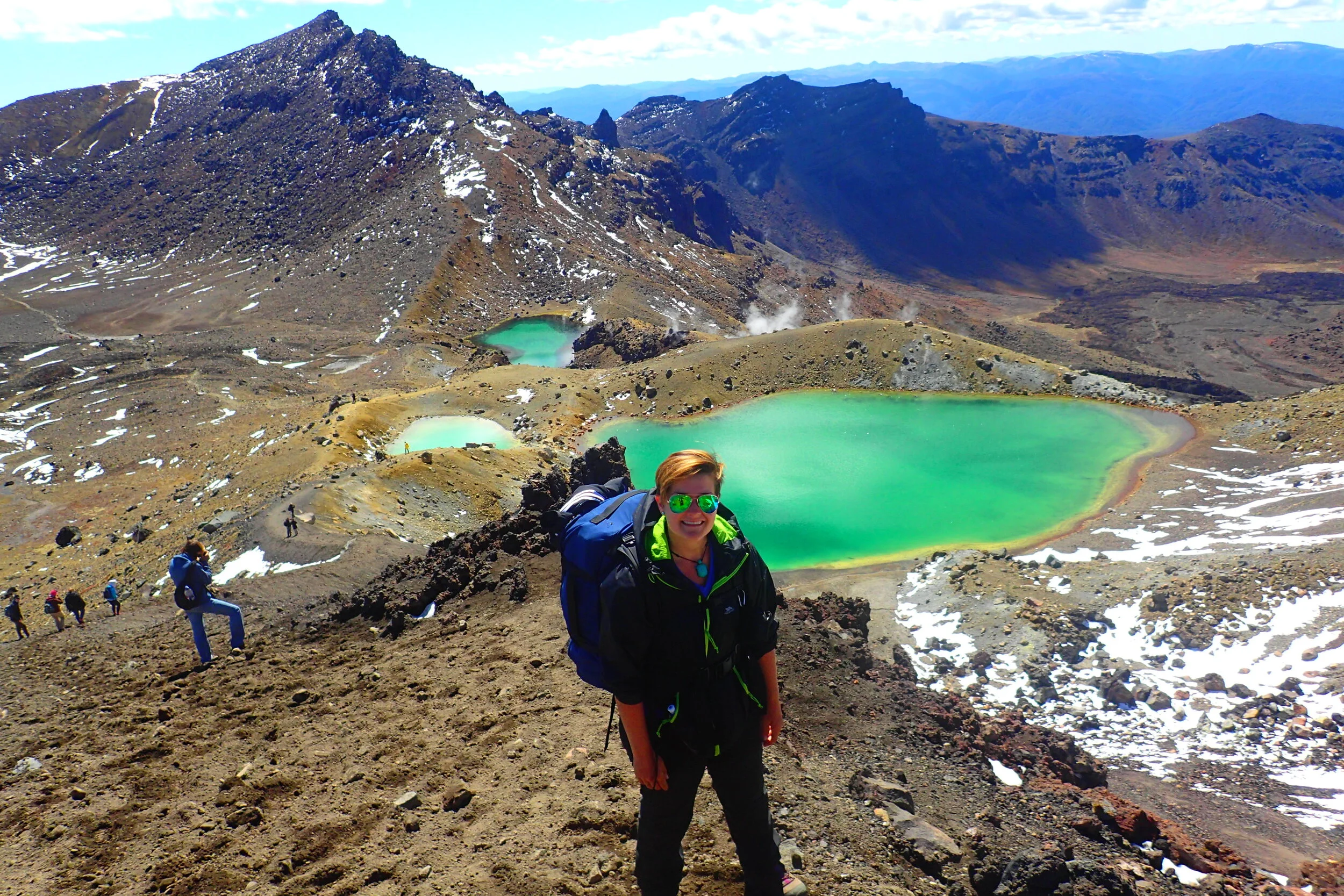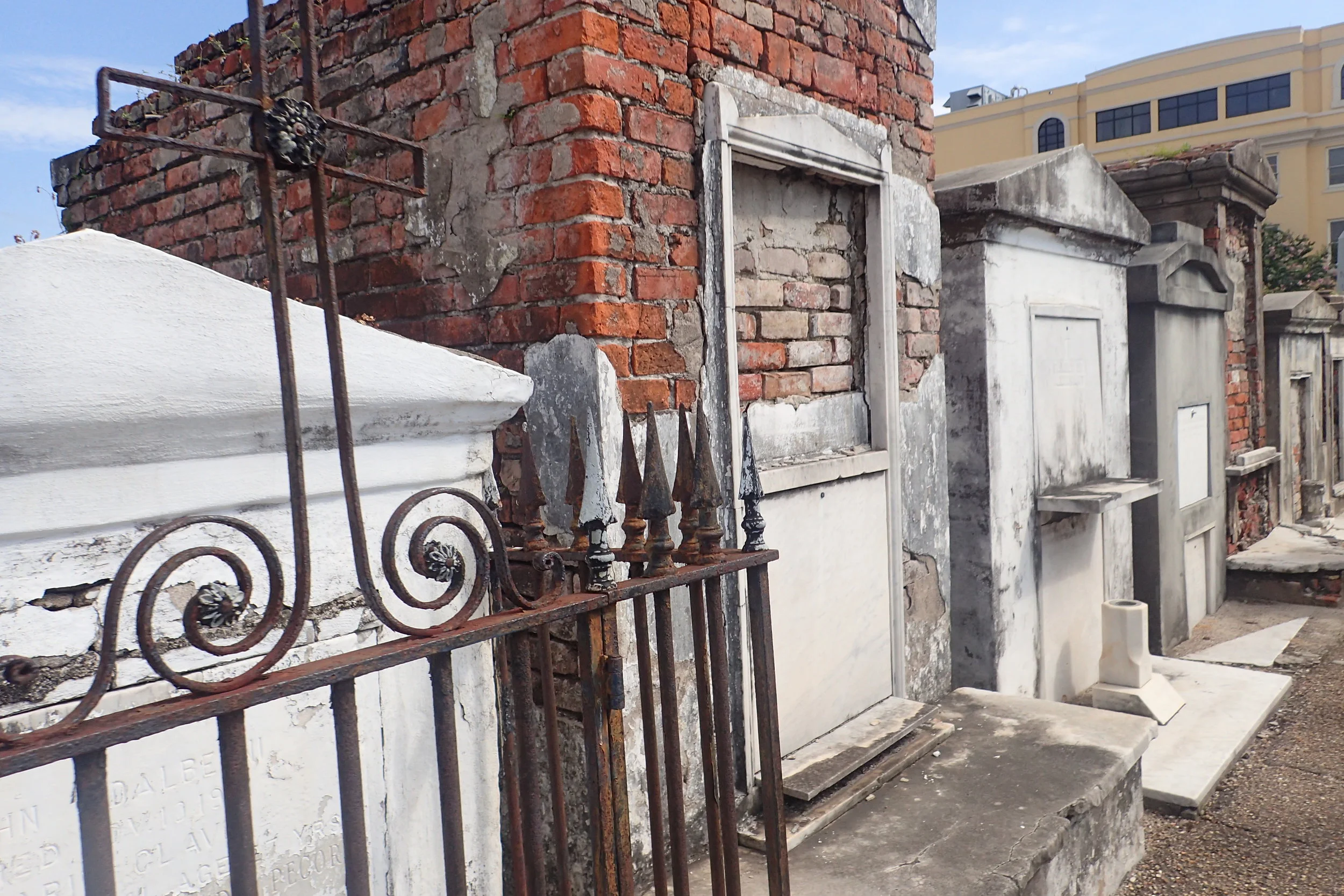The summer is officially over, the leaves are starting to fall, and all my favorite kitschy Halloween stuff is showing up in stores. This is, hands down, my favorite time of year to be in the United States.
In New Orleans this past summer, I went on a free cemetery tour and a free ghost tour where I learned historical and present day tales of the dead and other spooky happenings. What I learned easily qualifies New Orleans as one of the creepiest cities in the country!
With October only a few days away, I am excited to finally share the chilling history of New Orleans in two installments. In this post, I share what I learned from my tour of the city's oldest cemetery.
The Northern point of New Zealand’s North Island has great significance among the native Maori people. The land there is predominantly Maori owned and untouched with plenty of native vegetation growing wild.
Once we passed through the last town of Kaitaia and began the 100km drive up the Aupouri Peninsula, I could already see and feel its sacredness.
Many of my friends and family back home are aware of my affinity for costumes and cosplay. Naturally, one of my favorite times of the year is Halloween—where you can dress up as anything you want, party until dawn, and eat lots of candy. What’s not to love?
When I realized I would be in Thailand for Halloween, missing out on all the fun parties back in New York, I was determined to find a costume to wear and party to attend. Halloween is not typical to Thai culture, so I was expecting to have to deviate the norm a bit to find a suitable costume and party. To my delight, I ended up receiving a zombie makeover, attracting the attention of many Thai locals with my undeadness, and partying with Thai people and other backpackers until the wee hours of the morning. A Halloween worthy of my high standards.
The name Dachau typically conjures up horrible images among foreigners. Among Deutschland natives, the name brings up feelings of shame about Germany’s past. When I told others I was going to be visiting relatives in Dachau, they usually looked at me quizzically before asking, "Oh! So you’re going to visit the concentration camp?” Yes, Dachau is the name of one of the most infamous concentration camps in Germany. Yes, I did visit the camp during my stay. But Dachau is not only a concentration camp—it’s also a town populated by over 45,000 people. Two of those people are my cousin and her partner.
The both of them are well aware of what comes to mind whenever Dachau is named. They told me Dachau residentsdrive and park their cars around Germany and the rest of Europe at their own risk. With license plates sporting the name Dachau from local dealerships, resident’s vehicles have been known to be vandalized as a result of the strong emotional response tied to the town’s name. Declaring hometown pride for Dachau must be challenging for residents. I certainly can understand the difficulty seeing the name stamped on someone’s car, like a badge of hate. At the same time, it's important to realize the name also represents a small town along the River Amper in Bavaria. This is why I’ve decided to write about the concentration camp and the town in this post.
It was only my second day in Portland when I realized that I was experiencing a mild case of culture shock. I have internalized so much of New York City after 6 years of living there. My instincts as a pedestrian have been developed to either follow the crosswalks or make a run for it.
Impatient people are both behind the wheel and on foot in New York. Cars zip through red lights at the last second like the mother with 2 kids in the backseat who hit a friend and I at an intersection on my first day scouting for an apartment. Meanwhile, people scamper across the street long after the orange hand has stopped blinking. It’s a game of Frogger, but with real lives and driver's licenses on the brink of ending.






